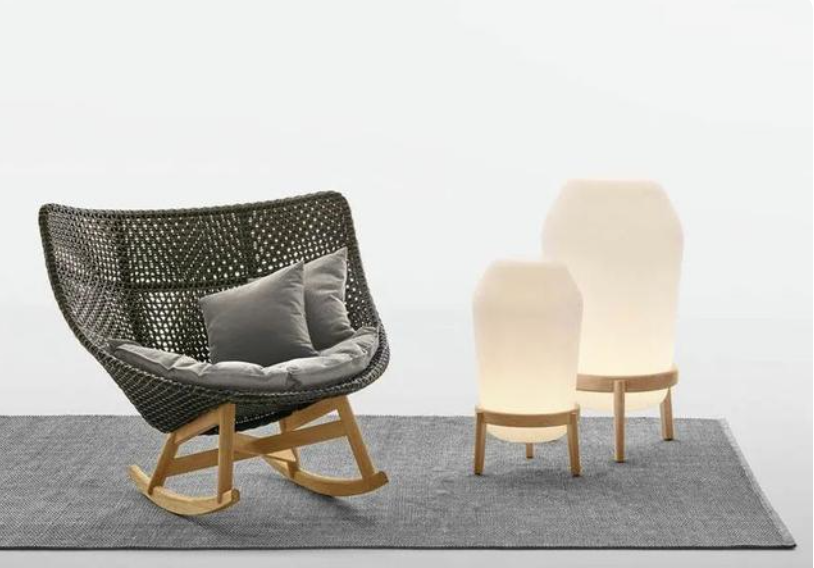What is Lighting design?
Lighting Design isn’t complicated, it’s just making things. Because the scope of designer’s design is too wide, from object design, information design to motion design, composition design, architectural design, decoration design, lighting design, it is difficult to give a clear definition of design. No doubt there are many different judgments, beliefs and misconceptions about design, and some differences in how to productively work, which may prevent us from creating great design
Myth 1: Lighting Design is art’s sibling
It is a mistake to lump together two similar professions. Go to any bookstore and you’ll find books on design often mixed in with books on art. You think design is art, but they’re totally different disciplines, because art is fun and design is practical

Myth 2: Creativity exists
While most people are tired of repetition and monotony, it doesn’t matter if you can create something truly original. Instead, try to understand what the customer’s problem is. Listen, observe, and think about their problems. Only if you have a deep understanding of the customer and their situation can you come up with the right approach. Maybe the idea doesn’t exist because the original idea has already been created and their experience is here!
Myth 3: Being different is good
Your focus will never be on creating something extraordinary.
It is a distinctive product of the art world. Because people rarely object to the new, good art often needs to challenge the unconventional. Design doesn’t need to break barriers, it’s an applied practice. Designers are more concerned with achieving the desired effect. Your goal should be to expand the brand, organization, product or program you want to showcase. Novelty can alienate you from the needs of your customers
Myth 4: Design must be inspired
You’ll do better if you dig deep and think about what the customer wants, what the user wants, the obstacles in the design, the specific tasks, and your vision for the work. That way, you won’t go astray because you know what to do right from the start.
Myth 5: Talent is important
When you’re actively solving problems, it doesn’t matter where the spark or solution comes from. Simple, obvious and common will no longer matter. The key is to solve the problem effectively. This is the attitude you should aspire to, and it will put you in a better position to do your job. You start collaborating with others, asking for feedback, and generating unlimited ideas because you’re no longer the only genius.
Clients don’t expect you to have a lot of talent. For them, the only requirement is that the design be satisfactory. Getting the design right is hard work. Release the pressure, emancipate the mind, sketch the design freely, test the design work happily. What you need to do is solve the problem
Myth 6: Design is a way of life
Although sometimes you will come across uplifting examples, remember that design is a job, not a lifestyle. You’ll be happy to solve design problems and find solutions. Such small pleasures are certainly a good thing.
Myth 7: Self-expression is important
Designers are like enablers. Your goal is not to make your own product or build your own brand. You’re the one behind it. You only get noticed if your design is amazing. That doesn’t mean you can’t express yourself at work, you just need to put the client’s purpose first and self-actualization second.
Myth 8: Designers are smarter than customers
Decisions and suggestions from clients can sometimes be frustrating because designers don’t want to slow down, answer questions, or clear obstacles. Knowing something about your area of expertise will keep you going. However, no matter what industry you enter, you can’t completely control the routine, the unconventional, and the details of that industry. The solution is to share your knowledge and come up with workable designs. The best relationship between client and designer should be one of equal and direct communication, recognizing the efforts and efforts of both parties in the design work.
Myth 9:The designer is the audience
You want to avoid subjective reactions. The work you do is not for you and your customers, but for the people who actually use the product: customers, tourists, users. Sure, your clients are paying for your design, but what they’re really interested in is how people interpret and react to it. Focus on the end user or audience, even if you have nothing in common with them. As a designer, it is unwise to assume that your perceptions are the same
You can put yourself in the user’s shoes and try to understand their situation and needs. This may include visiting storefronts to see what they are doing. You can also pay for services and learn how they work. If you can think, act and play like your users, you can better understand what motivates and influences them.



